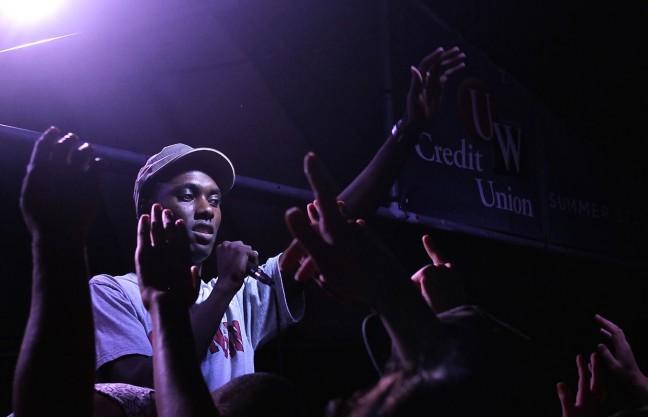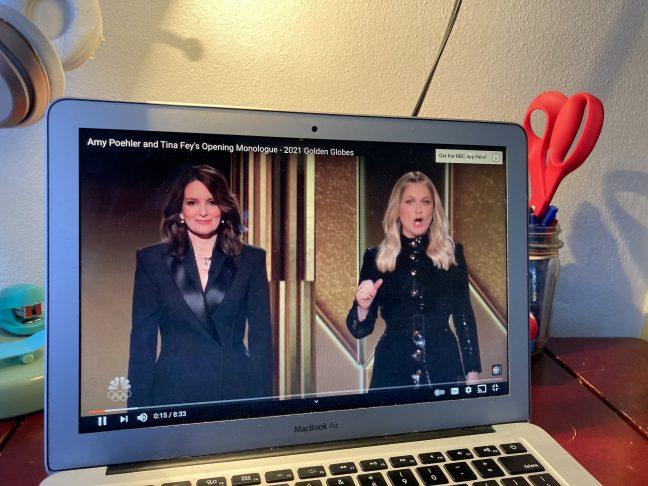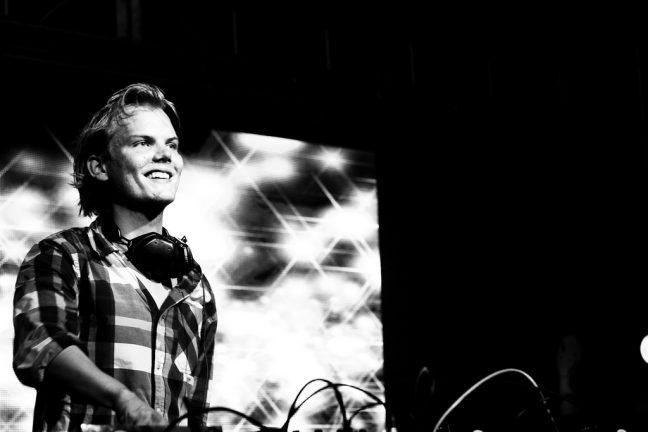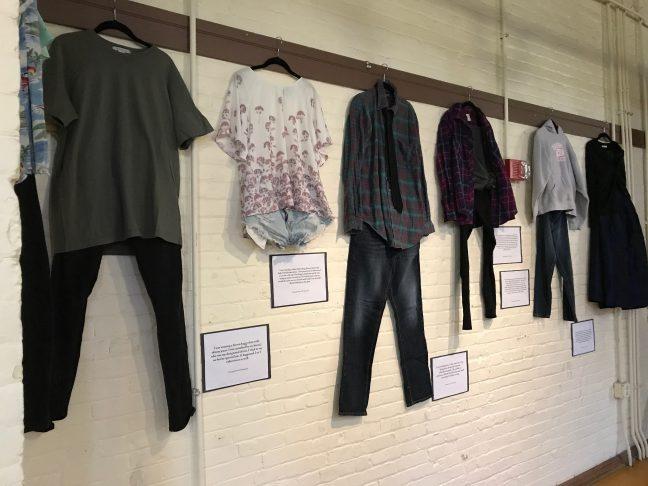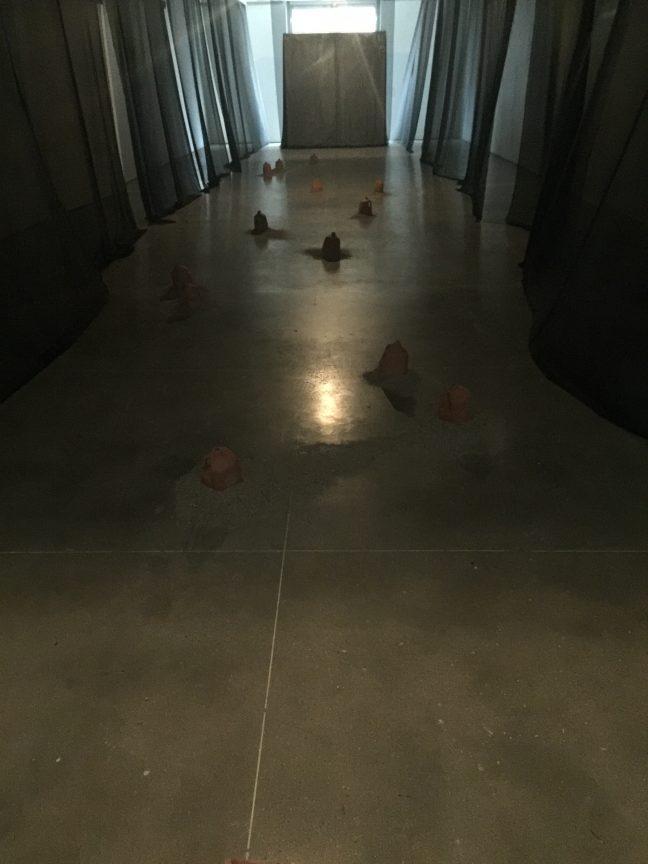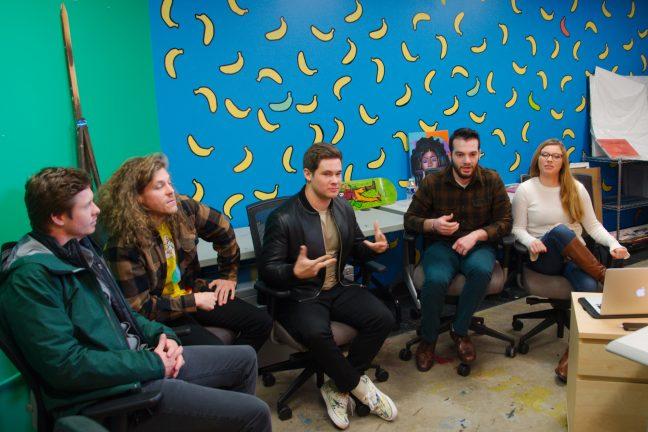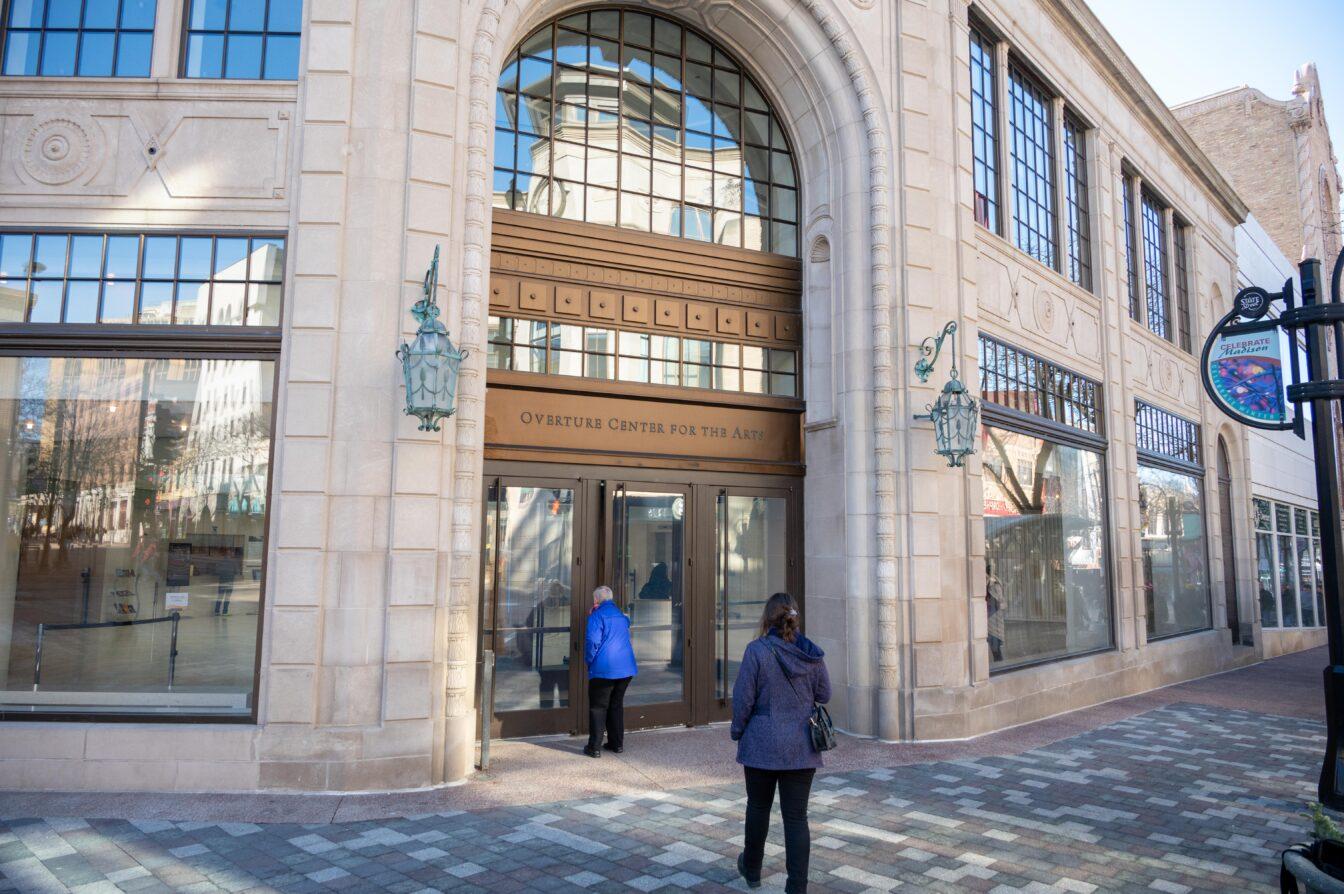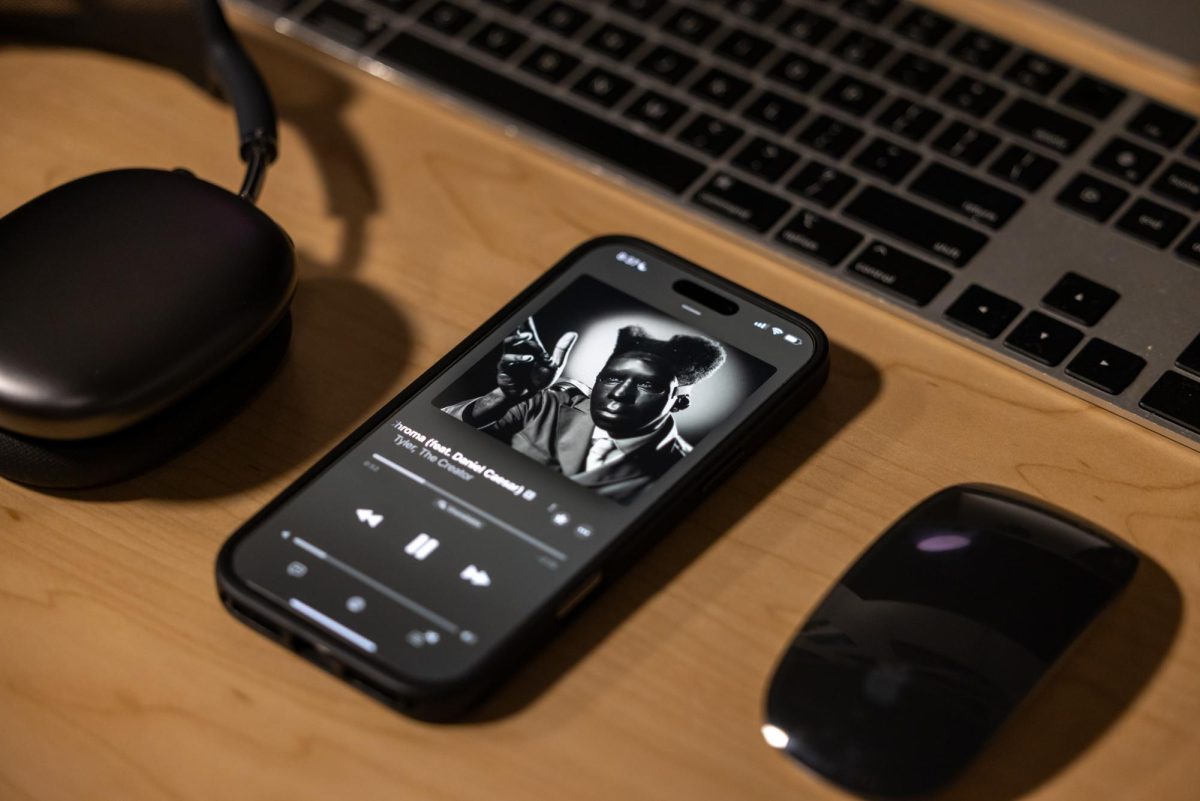The screams and claps were deafening when the lights went down on the First Wave touring ensemble. Their final chant of “scream, march, fight, bleed, die” had just filled the Overture Center Theater, and brought the audience to their feet. The crowd’s applause reflected the emotional power of the piece and duly accepted the challenge the performance proposed, to create a more equal Dane County.
The goal of the night’s programming was to start a difficult conversation. The five students of the touring ensemble presented problems stemming from great racial disparities in Dane County through spoken word and song, forms that are more palatable, earnest and engaging. After the show, audience members and community leaders picked up the conversation at 100 State St. Their mission was to create doable action plans for mitigating racial inequities in the local community.

Selena Handler/The Badger Herald
That’s the equation that often drives a First Waver’s work: performance plus social activism leads to change. However, the nature of their impact is not as clear-cut as this elementary function implies. The three pillars of the program, art, activism and academics, marry and blur in more than a few ways forging positive change in the community and in the students of the program.
“There is an interesting paradox between the purpose of the initiative here and also how our art works,” Sean Medlin of the touring ensemble said. “In a lot of ways our art challenges almost everything the university stands for.”
Students’ pieces address issues like racial disparities, issues of identity, black male masculinity and living on a campus that is predominantly white. The university’s Data Digest reported approximately 77 percent of all students who enrolled in fall 2005, the year the Office of Multicultural Arts Initiatives started, were white.
Although these numbers have dropped to around 72 percent, the problem still persists. Initiatives like First Wave recruit more students of color interested in hip-hop and urban arts and subsequently attract more multicultural students to campus who hear about the burgeoning art scene. But the program looks for more than artistic ability when they recruit. They are also looking for strong academics and leaders in their home communities.
“First Wave students are leaders and that alone shifts the campus,” Sofia Snow, education coordinator, said. “I don’t think they really understand that sort of impact because it comes naturally to them.”
Since its humble origins in 2007, First Wave has succeeded in drawing in a diverse mix of students, but whether the students’ efforts for social change through performance have been tangible and effective cannot be easily measured.
Students like senior Taylor Scott will have a concrete test to measure the impact of her words. At the request of a few professors, she will be performing at a rally event to advocate against a prison being built in Madison. She has written a ballad about the mass incarceration of men to spark that conversation. This performance is in the same vein as the touring ensemble’s piece about racial inequality.
Like many other students, she also started her own initiative outside of the official capacity of the program. Scott organized an artistic collective called the Bellhops last year to perform at the yearly Line Breaks festival.
Together they performed “Honey in My Tea” about womanhood, survival and how not all stories are solution-based, Scott said. That performance was much more about giving a voice than taking that action.
“Thinking about performance as critical resistance …” Scott said. “Thinking about performance in a different light. Every song counts. Every poem counts for something; you have to make it count for something and someone that can’t necessarily speak for themselves.”
The social justice elements of their performance follow a similar sentiment. It is worked into the material, which is by nature hard to talk about, but they represent it in a way that is hopefully action provoking.
Hiwot Adilow has used poetry, rap and song since high school to make issues like colorism and the nuances of identity more accessible. As a member of the Bellhops, she believes their work is especially powerful, but she is reluctant to say they have a lasting impact.
“Outside of the ruckus that is inside the auditorium,” Adilow said, “I don’t know what happens beyond people clapping their hands and saying ‘that made me feel something.’”
Although it is hard to measure the impact of one night, one crowd, one performance, it is much more clear to see how First Wavers affect the community directly, through action rather than conversation.
“They are in Greek organizations,” Snow said. “They work at Memorial High School. They work in the Southside branch library. They teach workshops and go all across this city and this campus.”
Medlin, who performs regularly through a program initiative, also works at the Willis L. Jones Leadership Center. Part of his role is to bring to campus social justice leaders like Kevin Coval, who started a youth poetry festival in Chicago.
Zhalarina Sanders and a few other First Wave students started a non-profit organization that uses hip-hop as a tool of empowerment called the JVN Project. Every Friday, facilitators run workshops for Madison youth with the hope of improving their literacy and their ability to express themselves through writing.

Selena Handler/The Badger Herald
Students may be dubious about First Wave’s effect on the community, but they are certain that they have changed through the program. Being away from home and transplanting yourself in a new world would force change regardless, Adilow said. But she said she has definitely grown from her self-proclaimed angsty days through the program and being surrounded by other artists.
Many students would not have come to Madison if not for the program and scholarship. Snow, an alumnus to the program, said First Wave was responsible for making her come to college. Now she is in a graduate program at UW pursuing a degree in curriculum and instruction. As Education Coordinator, Snow has taken on the role of helping students come to college at Madison and helping them grow as artists, academics and activists so those students can now create change in the Madison community.


